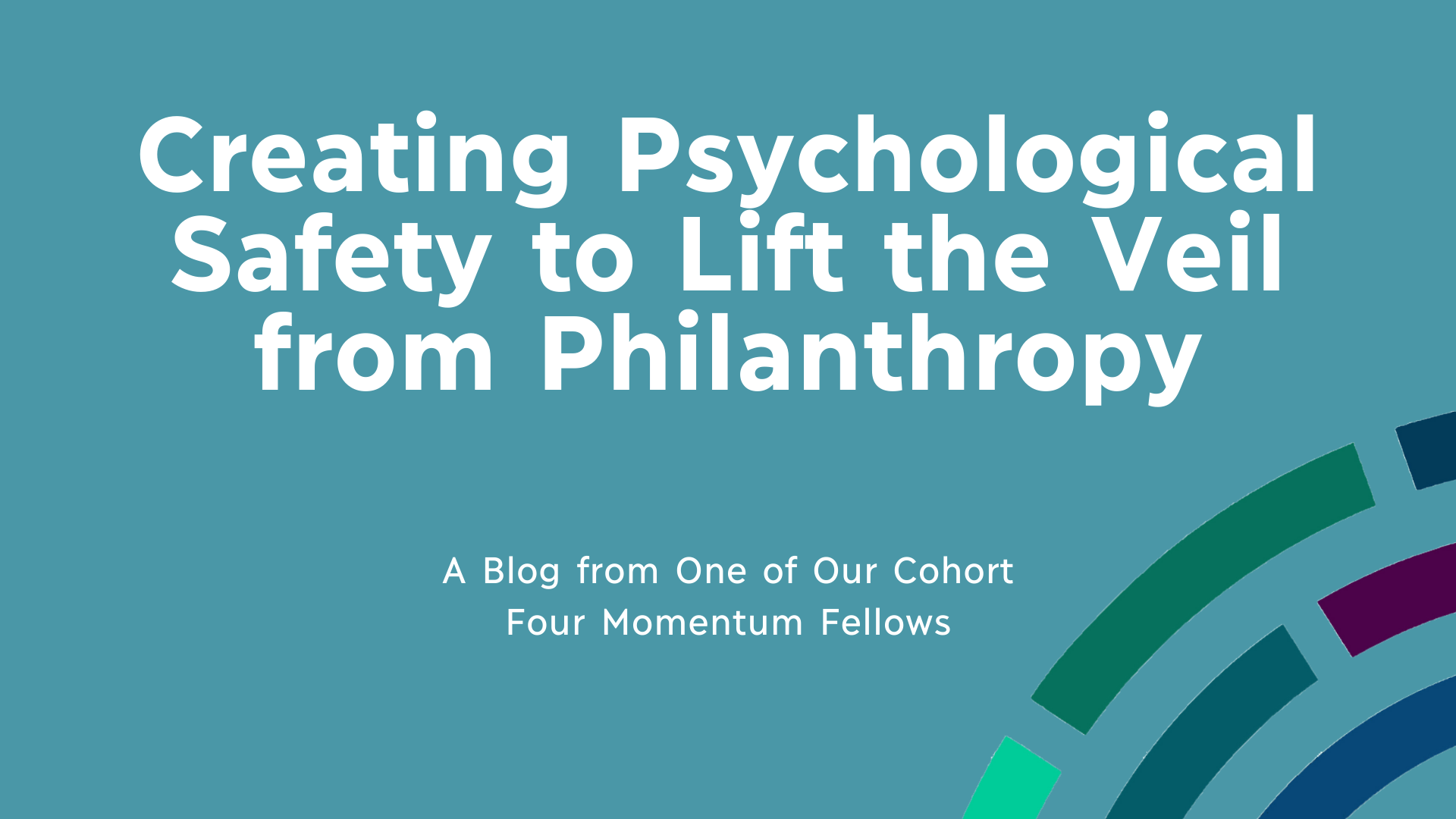
Ruby Ramirez (She/her/ella) is a program officer, early childhood at Oregon Community Foundation and is part of the fourth cohort of Philanthropy Northwest's Momentum Fellowship program. The views and opinions in this blog are her own.
Recently, I’ve had several interrelated conversations with staff from culturally specific organizations and funder colleagues about transparency and vulnerability. The consensus is that secrecy perpetuates gatekeeping and power/resource hoarding – meaning those with power control what, when, how and with whom information is shared. This is a well-known tactic associated with white supremacy culture that perpetuates racial inequities since Black, Indigenous, Latino/x/e and other communities of color have traditionally been shut out of leadership tables, halls of power and access to wealth.
Relationship-building and trust are thought of as solutions to the issues of equity and access within philanthropy, allowing for more open channels of communication and information sharing. But how does one build a trusting grantee/funder relationship? We know that building trust takes time, and we should expect to invest time showing up and getting to know the communities we serve, but for me, a key component to this process is psychological safety. While the concept of psychological safety has been applied largely to workplace team dynamics, I’d argue that in the short-term, the concept applies to individual interactions as well, but more broadly I see grantees and funders as part of a team anyway.
After my first meeting (a casual meetup with no specific agenda) with a Latina development director representing a culturally specific organization, she thanked me for “lifting the veil”. Being relatively new to philanthropy and with most of my experience being remote due to the pandemic, I was unsure as to what I did differently than other colleagues, but after reflecting this is what I gathered:
- I created psychological safety by being authentic and interacting human to human first. We mutually shared about our values, as well as personal and professional backgrounds and experiences. We were able to relate to each other outside of our respective roles, lessening the power distance that nonprofit staff often experience when interacting with foundation folks.
- Representation matters. While I didn’t necessarily “do” anything, the fact that we could relate to each other based on common cultural and racial experiences made a difference. The fact that I come from the nonprofit, direct service world also helped. There’s the perception that “I get it”, and regarding our shared challenges and experiences, I do.
- I invited any and all questions about my role specifically and about my foundation more generally. There are no stupid questions and no punishments for asking difficult ones. But it’s not just about inviting questions, it’s about answering them truthfully, acknowledging the imperfections, and taking criticism and feedback with humility and a learning orientation.
- I volunteered information that I thought could be useful or relevant about my foundation and others. This is how I work against secrecy. Community foundations in particular are complicated, multi-layered institutions and if you’re not deep in it, you might not even know what questions to ask.
- And finally, I reminded this colleague that IT’S NOT MY MONEY. And even if it were, grantees don’t owe foundation staff or philanthropists deference. Let’s stop the patronizing behavior so that nonprofits can be on equal footing in our interactions.
Philanthropy inherently creates a power distance between funders and grantees, but showing up with authenticity and transparency can help bring traditionally excluded groups more into the fold and allow us to better share and build power with the communities we serve.


